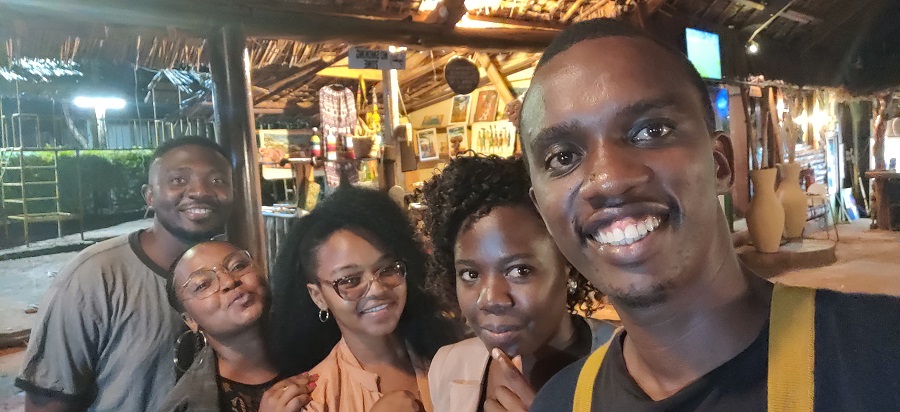Enhancing biodiversity and ecosystem integrity
The expected impacts on the ecosystems in the intervention areas were captured in an Environmental Impact Assessment (EIA). This included a mapping of any risks to biodiversity during construction and implementation of appropriate mitigation measures. For instance, water voles were translocated prior to the start of the works. A focus on biodiversity protection resulted in the creation of around 300 hectares of coastal habitat and a network of freshwater habitats as well as the enhancement of regulatory services, including for climate, water, natural hazards and erosion regulation as well as water purification and waste treatment. Further, the intervention contributed to an increase of saltmarsh plants, breeding bird populations, invertebrate abundance, marine mollusc species, water voles, reptiles and fish diversity.
Baseline data on biodiversity (through ecological surveys) was gathered as well as biodiversity outcomes benchmarked and identified during the 5-year monitoring period now continued by the Royal Society for the Protection of Birds (RSBP), who manages most of the project area since 2013 as a nature reserve as part of a 99 year lease. Monitoring methods included bird surveys, vegetation and habitat mapping exercises (including by using satellites), an invertebrate survey and sampling, surveys of reptiles, fish surveys, etc.
Evidence-based assessments of the state of the ecosystem prior to the start of the intervention enabled the identification of clear and measurable biodiversity outcomes and benchmarks. They also supported periodic monitoring and assessments to avoid adverse impacts and take appropriate measures in response to enhance ecosystems, species and ecological processes.
